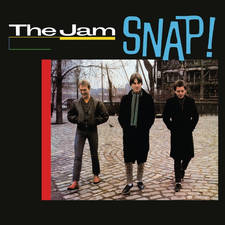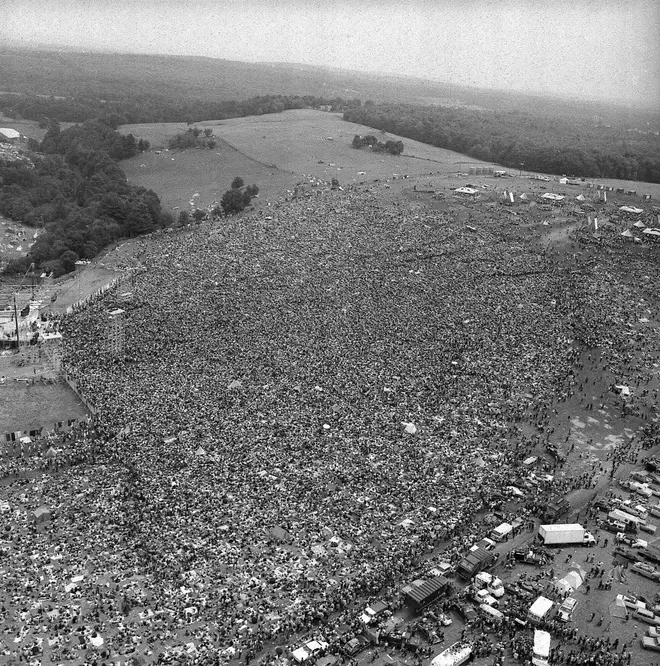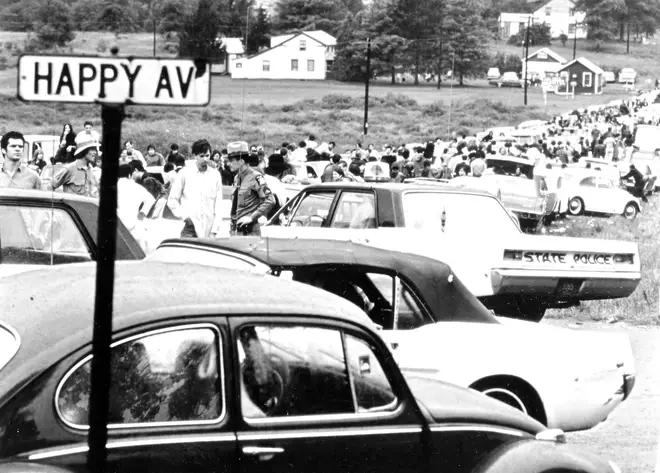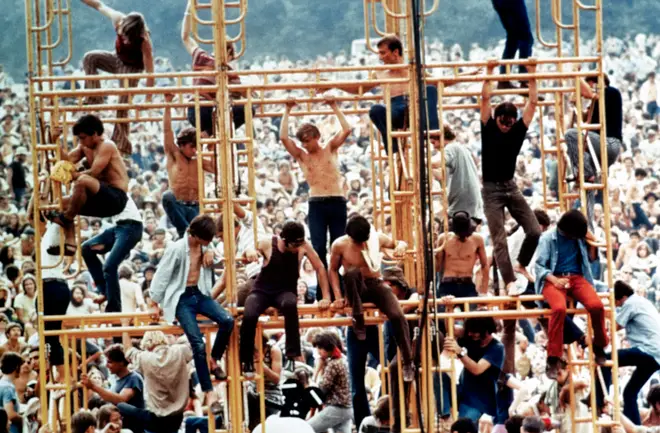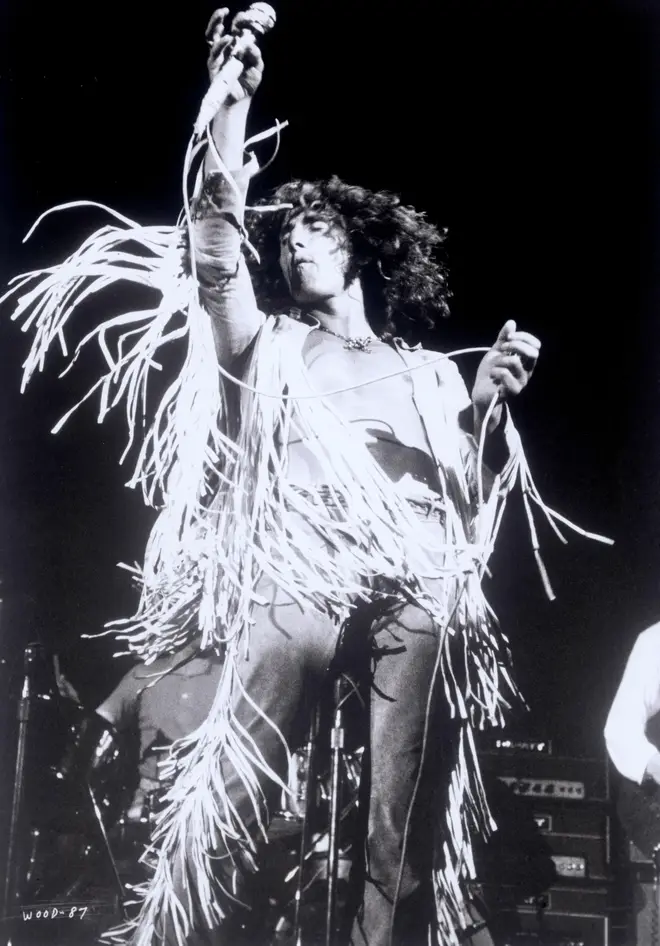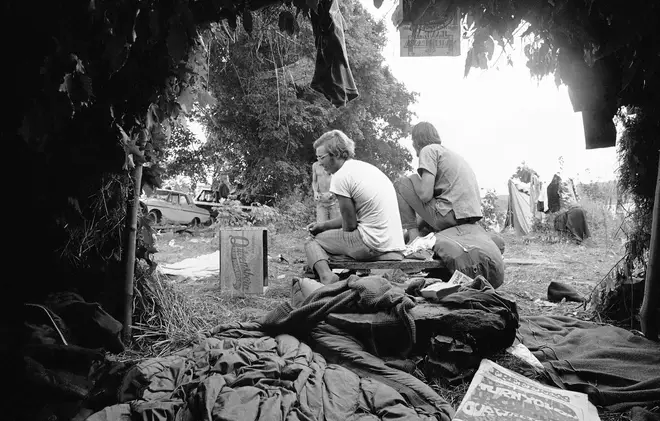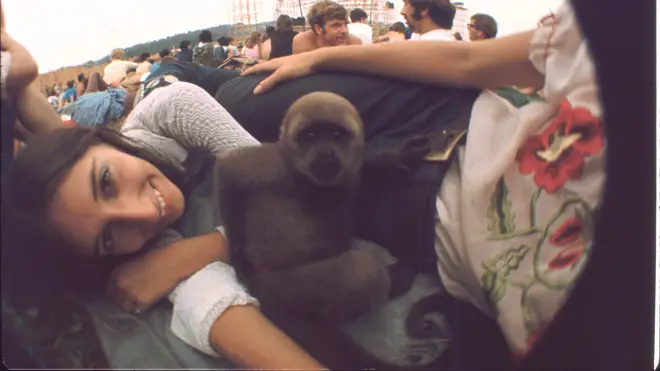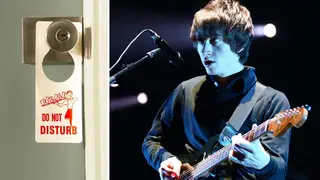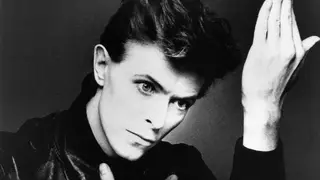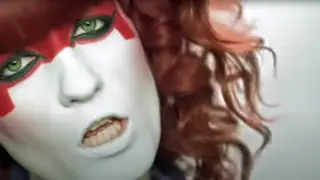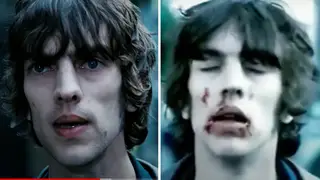Woodstock 1969: 10 things you didn’t know about the legendary festival
15 August 2024, 17:36
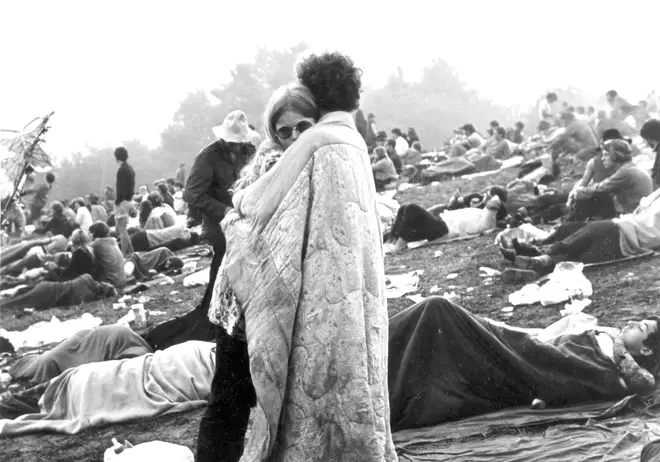
55 years ago, one of the most famous festivals of all time took place - here are some of the most remarkable things about the “three days of peace and love”.
Woodstock was the high point of the 60s - and it made the rock festival into a going concern around the world.
Billed as “three days of peace and music”, the event was the culmination of changes in culture which had taken place across the decade. Everything from music, literature and fashion to attitudes towards sex and drugs was affected by the social upheaval - as the war in Vietnam raged on, nearly half a million people turned up to demonstrate peace and love was possible.
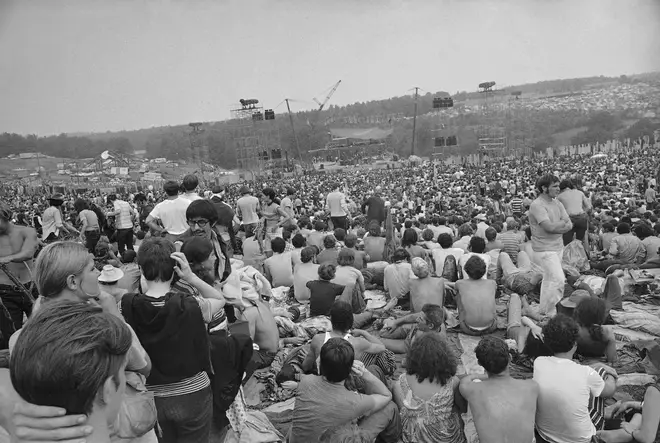
Despite attempts to revive the Woodstock name - including an unfortunate 25th anniversary show in 1994 which featured Aerosmith, Metallica and Red Hot Chili Peppers that became known as MUDstock due to terrible weather - the 1969 festival is still a landmark moment in rock history.
-
Like Glastonbury, Woodstock was held on a dairy farm
It’s estimated that more than 400,000 people attended Woodstock festival, which took place between Friday 15 and Monday 18 August 1969. That’s the size of two Glastonburies. And the 1969 festival took place on farmer Max Yasgur’s dairy farm in Bethel, New York state, in the same way that Michael Eavis opens his place of work in Somerset each June. Despite pleas to run the festival again in 1970, Yasgur went back to being a dairy farmer, selling the site in 1971. He died in February 1973.
A view of the crowd at Woodstock Festival in 1969. Picture: AP Photo/Alamy -
The Beatles were invited to perform
The inevitable rumour at Woodstock was that the Fab Four were going to turn up and perform live in front of the hundreds of thousands of festival attendees, capping the decade that made them famous. As the figureheads of the counterculture, it seemed appropriate… but it didn’t happen, of course. The Fabs were actually in the studio in London putting the finishing touches to their Abbey Road album - and Paul MCartney spent Sunday recording a single for his protege Mary Hopkin.
The crowd heading towards the festival site at Woodstock in August 1969. Picture: Alamy The Beatles had tried to set up their own live TV show at the beginning of the year and couldn’t even manage that, performing a few songs on the roof of their offices instead. Meanwhile, Led Zeppelin’s manager Peter Grant thought that appearing on the bill with dozens of other acts didn’t suit his charges, so he had them play two nights in New Jersey that weekend instead.
-
The festival site was declared a disaster area
Woodstock started as a standard ticketed festival, but a late change of venue meant that fences and ticket booths weren’t ready for the start of the weekend, leading the organisers to declare it a free festival. Hundreds of thousands of people showed up and made their way onto the site, which was hit by rain and mud and a lack of food and drinking water.
Sullivan County declared the festival was a state of emergency and New York Governor Nelson Rockefeller was so alarmed by the crowds, he planned to send the military in - but was talked out of it by organiser John Roberts.
The audience at Woodstock Music Festival. Picture: Michael Wadleigh. Collection Christophel / RnB/Alamy -
32 artists performed across the weekend
The music kicked off just after 5pm on Friday evening with singer-songwriter Richie Havens, while The Grateful Dead, Creedence Clearwater Revival, Janis Joplin, The Who and Jefferson Airplane performed on the Saturday.
Roger Daltrey performing with The Who at Woodstock Festival, 1969. Picture: United Archives GmbH / Alamy Stock Photo Sunday started with a memorable performance by Joe Cocker which included his cover of With A Little Help From My Friends and after several hours of rain, The Band and Crosby, Stills, Nash & Young played, before Jimi Hendrix rocked up around 9am on Monday morning.
-
Jimi Hendrix was the final artist to play… on Monday morning
By the time Hendrix took to the stage, half of the crowd had started their journey home, but he played for two hours anyway. Towards the end of his set, Jimi played his version of the patriotic American anthem The Star Spangled Banner - which the world took as an searing comment on US politics of the time. He then ripped into his hit Purple Haze and closed the festival with his trademark cover of Hey Joe.

Jimi Hendrix - The Star Spangled Banner [ National Anthem ] ( Live at Woodstock 1969 )
-
Two people died during the festival
Incredibly, considering the number of people attending the festival, only two people were officially reported as dying at Woodstock. One was 18-year-old Richard Bieler, who was due to head off to Vietnam - his death is often attributed to a drug overdose, but Time magazine investigated that he could have had a heart problem brought on by hyperthermia.
The other death was sadly 17-year-old Raymond Mizsak, who was run over in his sleeping bag by a tractor collecting rubbish.
Woodstock-goers navigate a particularly large puddle. Picture: United Archives GmbH / Alamy Stock Photo -
It’s claimed two babies were born… but nobody’s sure
Singer John Sebastian announced “some cat had a baby and it’s going to be far out”. Most reports about Woodstock claim that at least two babies were born over the weekend, but when the San Diego Tribune investigated in 2009, but at the time it couldn’t find a single person who reckoned their mother brought them into the world during the show.
Some of the Woodstock-goers chill out at the legendary festival, 16th August 1969. Picture: AP Photo/File/Alamy However, PBS recently claimed that Wade Lawrence, the director of the local Bethel Woods Center For The Arts confirmed that a woman was helicoptered off the site and gave birth in a nearby hospital. It's not on the festival site, but near enough.
The New York State Department for Health claimed there were over 5,000 medical cases during the festival, but the most common problem according to Dr. William Abruzzi, who was in charge of the medics, was foot injuries from hippies who took their wet shoes off.
-
The couple on the album cover and film poster are still together
Woodstock soundtrack album cover. Picture: Alamy This is nice - Nick and Bobbi Ercoline had only just started going out when photographer Burk Uzzle snapped them wrapped in a blanket. The memorable image was used to promote the film and LP of the event, and it’s sweet to know that the pair were married in 1971, had two kids and will celebrate their 50th wedding anniversary in 2021.
-
The lighting designer also introduced the acts
“Chip” Monck was the man who designed the lighting rig at the Monterey Pop Festival, alongside shows by The Rolling Stones and The Byrds at the Hollywood Bowl. He was paid $7.000 for ten weeks work to get Woodstock up and running, but the late change of venue caused a few problems - not least the fact that there was nobody around to actually introduce the artists on stage.
Monck was drafted in to make stage announcements, including the famous warning that “the brown acid that is circulating around us is not specifically too good. It's suggested that you do stay away from that”.

WOODSTOCK brown acid announcement
-
There was at least one monkey at Woodstock
Bizarrely, one of the photos taken at the festival shows a couple with their pet monkey - shades of Ross from Friends and Marcel. This seems cruel today, but this was 55 years ago and animal rights was in its infancy. Wonder if the monkey had a good time?
An unidentified girl smiles while her pet monkey sits in the middle of her group at the Woodstock Music Festival, Bethel, NY, August 1969. Picture: Ralph Ackerman/Getty Images
